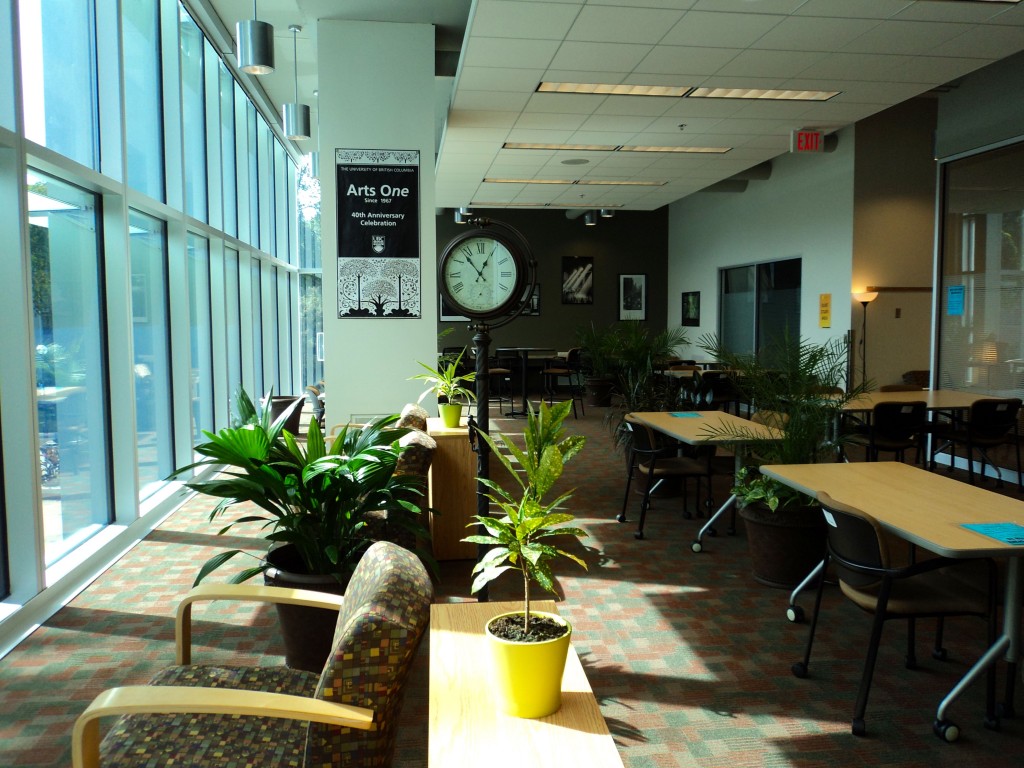The Coordinated Arts Program (CAP) is a multidisciplinary program designed to help first-year Arts students have a smooth transition to university. Being a CAP student in my first year, I can honestly say that the program was an enormous help in finding my community at UBC. If you are in the Faculty of Arts and are still undecided about what courses you want to register for, here are five reasons why you should definitely consider signing up for CAP:
1. Cohort Program
CAP is a cohort-based program. That means your CAP stream-mates are also your classmates in all your CAP courses. This makes making and meeting friends a lot easier. It’s always helpful to have a group of people who can answer your questions about class assignments, whom you can rant to about your professors, and who would be willing to form study groups with you.
2. Stream Choices
If you have an area of interest in mind, but are still not sure whether you should pursue an academic career in that area or not, CAP offers different stream choices (Media Studies, Philosophy, Political Science, and Economics (PPE), Law & Society, Individual & Society, and Global Citizens) that can help you figure out what you really want.
Being in the PPE stream definitely strengthened my interest to pursue a career in Economics.
3. Coordinated
Professors consult each other so that they can “coordinate” your assignments. They try to avoid giving out quizzes/midterms/final exams on the same day to give CAP students sufficient time to study for each course. Most importantly, professors try to make the content of each course related to one another. For instance, since I was in the PPE stream, our ASTU research paper required us to use what we had learned from ECON 101 and POLI 100 to write a research paper on a topic given to us by our ASTU professor. Additionally, each term, CAP professors conduct an inspiring joint lecture to demonstrate how to interconnect different courses or interests to study an issue or concept.
4. CAP-only events
Signing up for CAP gives you access to CAP-only events like pizza parties, seminars, Meet Your Professors Day, and CAP conference.
5. Gateway Space
 If you are going to spend a lot of time on campus to study and do some work, you are going to need a good study spot. Gateway Space is a study space in the Irving K. Barber Learning Centre exclusive to ArtsOne and CAP students. Gateway Space was my favourite study spot in my first year because a) there were always seats available b) it’s a quiet study space and c) students can bring food inside, so whenever I was hungry, I would always eat while working to make the most out of my breaks!
If you are going to spend a lot of time on campus to study and do some work, you are going to need a good study spot. Gateway Space is a study space in the Irving K. Barber Learning Centre exclusive to ArtsOne and CAP students. Gateway Space was my favourite study spot in my first year because a) there were always seats available b) it’s a quiet study space and c) students can bring food inside, so whenever I was hungry, I would always eat while working to make the most out of my breaks!
CAP played an important role in my first year. I am so glad that I signed up for it as it paved way for many different opportunities that I wouldn’t have accessed without being a CAP student. If you have any questions about CAP, don’t hesitate to ask me! I will try to respond as soon as possible. Have fun registering for courses!


